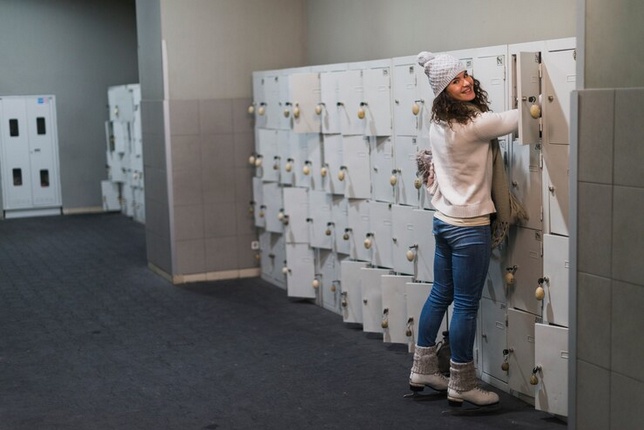Plasterboard, also known as drywall or gypsum board, is a fundamental building material widely used in construction for its versatility, affordability, and ease of installation. Whether you're embarking on a home renovation project or constructing a new building, understanding the ins and outs of buy plasterboard is essential. In this comprehensive guide, we'll explore everything you need to know about purchasing plasterboard, from types and sizes to installation tips and cost considerations.
Understanding Plasterboard
Plasterboard is composed of gypsum plaster sandwiched between layers of paper, creating a durable and lightweight panel that is easy to work with. It is commonly used to construct interior walls, ceilings, and partitions in residential, commercial, and industrial buildings. Plasterboard comes in various types and sizes, each designed for specific applications and performance requirements.
Types of Plasterboard
-
Standard Plasterboard: This is the most common type of plasterboard, suitable for general purpose use in residential and commercial construction. It is available in various thicknesses to accommodate different wall and ceiling configurations.
-
Moisture-Resistant Plasterboard: Also known as green board or MR board, moisture-resistant plasterboard is designed for use in areas with high humidity levels, such as bathrooms, kitchens, and utility rooms. It has enhanced moisture resistance properties to prevent damage from water and moisture exposure.
-
Fire-Resistant Plasterboard: Fire-resistant plasterboard, or fire-rated plasterboard, is formulated to withstand fire and prevent the spread of flames in the event of a fire outbreak. It is commonly used in areas where fire safety is a concern, such as corridors, stairwells, and commercial buildings.
-
Soundproof Plasterboard: Soundproof plasterboard, also known as acoustic plasterboard, is designed to reduce noise transmission between rooms and floors, providing enhanced acoustic insulation. It is ideal for use in theaters, recording studios, and residential properties where noise control is important.
Sizes of Plasterboard
Plasterboard is available in standard sizes to fit different wall and ceiling dimensions. The most common sizes include:
- 1200mm x 2400mm (4ft x 8ft)
- 1200mm x 2700mm (4ft x 9ft)
- 1200mm x 3000mm (4ft x 10ft)
Additionally, plasterboard thicknesses range from 9.5mm to 15mm, with thicker boards offering increased durability and soundproofing properties.
Factors to Consider When Buying Plasterboard
-
Application: Consider the specific requirements of your project, such as the type of room (e.g., bathroom, bedroom, living room), moisture levels, fire safety regulations, and acoustic insulation needs. Choose the appropriate type of plasterboard that best suits your application.
-
Size and Thickness: Measure the dimensions of the walls and ceilings to determine the quantity and sizes of plasterboard needed. Select the appropriate thickness based on structural requirements and performance expectations.
-
Quality: Ensure the plasterboard meets quality standards and complies with relevant building codes and regulations. Look for reputable manufacturers with a track record of producing high-quality products.
-
Cost: Compare prices from different suppliers to find the best value for your budget. Consider factors such as material quality, performance features, and additional services (e.g., delivery, installation) when evaluating costs.
Installation Tips
- Prepare the surface: Ensure the wall or ceiling surface is clean, dry, and free from debris before installing plasterboard.
- Measure and cut accurately: Measure the dimensions of the plasterboard panels and use a sharp utility knife to cut them to size.
- Secure with screws: Use appropriate screws to secure the plasterboard panels to the framing studs or ceiling joists, ensuring they are spaced evenly.
- Seal joints and edges: Apply jointing compound and joint tape to seal the joints between plasterboard panels and cover screw heads for a smooth finish.
- Sand and finish: Once the joint compound is dry, sand the surface to smooth any imperfections and apply primer and paint as desired.
Conclusion
Buying plasterboard is a crucial step in any construction or renovation project, and understanding the various types, sizes, and factors to consider is essential for achieving successful results. By selecting the right type and size of plasterboard for your specific application, considering quality and cost factors, and following proper installation techniques, you can ensure a durable, functional, and aesthetically pleasing finish for your walls and ceilings. With this ultimate guide to buying plasterboard, you're equipped with the knowledge and confidence to tackle your next building project with ease and efficiency.


No comments yet